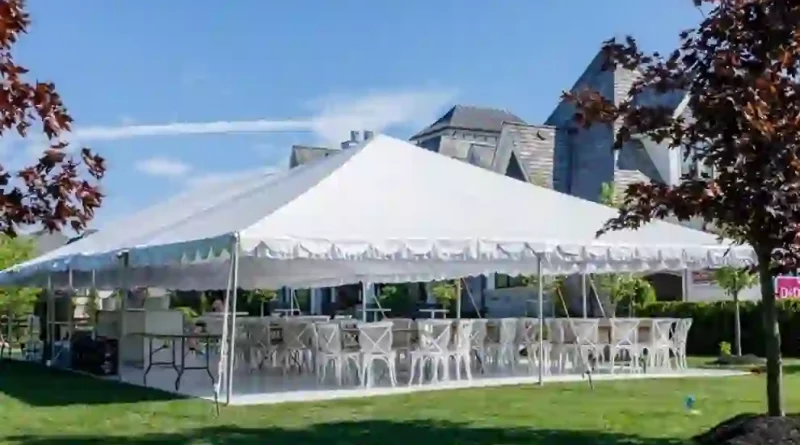Importance Of Renting Tent To Organize A Party Outside
When choosing the right tent for your backpacking trip, there are a few things to consider. First, what kind of backpacking trip will you be doing? Will you be camping near your home or are you planning a long-distance thru-hike? If you will be hiking long distances, you might be looking for a lightweight tent. But if you’ll be camping in the desert for several months, you’ll probably want a warmer tent.
Your tent should come with stakes. Some tents come with their own, but these tend to be expensive. You can buy extra stakes if you need them. But you need to consider the size of the stakes. If they are too big, water could puddle. A little more money is better than nothing. You can also buy a lightweight aluminum stake if you plan to backpack in harsh weather conditions. Finally, you’ll need a footprint. This is a great way to protect the floor of your tent from rain or snow.
Once you’ve determined the size of your family, the next step is to determine how many people you’ll be camping with. A four-person tent would be too cramped and there’d be nowhere to store all your luggage. So, if your family is bigger, you might want to consider a six-person tent instead. Not only will you have plenty of room to sleep, but you’ll have more storage space for your clothes and luggage. That extra space will be a godsend in bad weather!
If you’re tall, you’ll want to choose a Teltudlejning that has a 90-inch floor-length, which is longer than the average 84-88-inch tent. Similarly, consider how many doors the tent has, as well as their shape and orientation. Having multiple doors will help you avoid cramped bathrooms, and cabin-style tents have multiple doors. In addition to door sizes, consider the ease of zipper closure. Make sure to choose YKK zippers, as they resist snagging and breaking.
When you are choosing a tent package, it’s important to consider the total trail weight of your chosen backpacking tent. Trail weight refers to the overall weight of the tent and all of its accessories, such as stakes, guy lines, rainfly, and stuff sacks. In some cases, it’s better to choose a lightweight model if you’re only taking the tent with you.
Many manufacturers use multiple weight points to describe their products, including “lightweight” and “ultralight” styles. These weights are often listed as packed weight and “trail weight,” though other terms may also be used. Besides, weight classes aren’t widely recognized as an industry standard. As such, they can be misleading and difficult to compare across different tent packages. For more information on the topic, check out the Outside Learn website.
In choosing a tent package, weight is the most important factor. Various features such as two doors, gear lofts, and multiple pockets add weight. Manufacturers categorize their tents according to their packed weight and minimum weight. The minimum weight is the total weight of the tent without accessories, stakes, guylines, or rainfly. The lightest weights are typically made from mesh fabric, as the mesh fabric is lighter than nylon fabrics.
The weight of your tent package depends on its size, style, and accessories. Some tents have a higher weight than others. This is the result of the way you pack it. You should also consider the tent’s packed weight, as this will give you an idea of how much it will weigh, and if it can be carried on your back. While you may be concerned about the weight of your backpacking tent, don’t panic. The weight of your backpacking tent can be a major factor in the overall weight of your entire tent package.
One of the main factors that determines how much a tent package costs is the quality of its construction. There are many factors to consider, such as the pole strength, the rain-fly tie-downs, the strength of the zippers, and other factors. Comfort features, such as privacy and extra headroom, are important factors to consider, too. Listed below are the features that contribute to overall comfort. To help you decide which one is right for you, compare different tent packages.
When comparing tent prices, remember that the size of the tent matters most. A forty-by-80-foot pole tent typically requires four and a half hours of setup. Many companies offer this service free of charge, but you may have to pay for it if you choose this option. Some companies may even come to your site and survey the terrain. This service is generally included in the rental price, but it is important to check to make sure that the company you’re dealing with will provide you with a quality tent.




